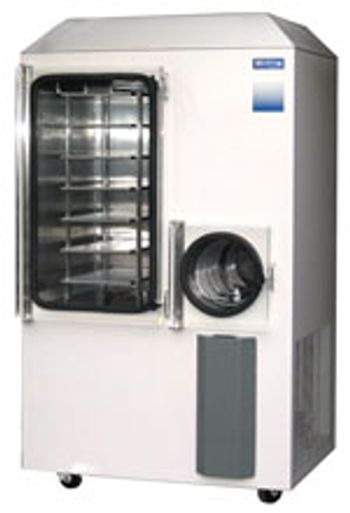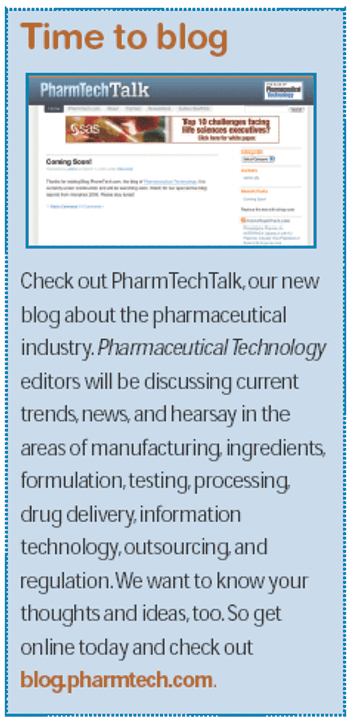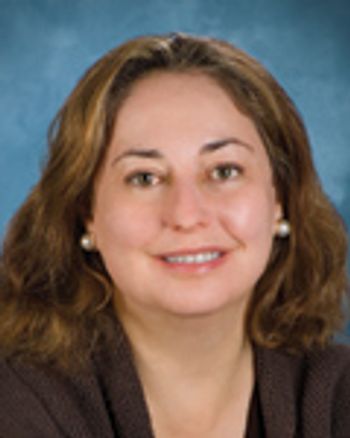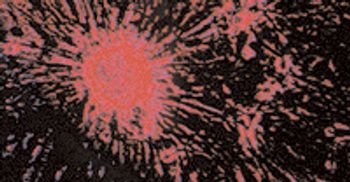
The US Food and Drug Administration issued a final guidance last week regarding investigational new drug applications for human gene therapy.

The US Food and Drug Administration issued a final guidance last week regarding investigational new drug applications for human gene therapy.

A manufacturing line can be improved if technology transfer is implemented thoughtfully. Effective technology transfer helps to provide process efficiency and control and maintain product quality.

MannKind suspended discussions with potential partners for the commercialization of its "Technosphere Insulin" product.

This issue of Equipment & Processing Report features products from Leistritz and Millrock Technology

Dave Drew, group pharmaceutical director of Matcon (Moreton-in-Marsh, UK), says that lean production is essential for drugmakers to survive in the current environment.

Takeda Pharmaceutical agreed to acquire Millennium Pharmaceuticals for $8.8 billion in cash or $25 per share.

Also, Alcon plans to open Singapore facility, Pharmacopeia president and CEO retired, more...

Also, Jubilant Organosys to acquire DRAXIS Health, PPD's Paul Covington to retire, more...

Schering-Plough announced a major new productivity transformation program with a goal of achieving $1.5 billion in annual savings.

The US Food and Drug Administration withdrew a direct final rule that changed current good manufacturing practice (CGMP) regulations for finished pharmaceuticals. The agency withdrew the rule because it received significant adverse comments from industry.

The deadline for the implementation of California's prescription drug tracking system, ePedigree, has been delayed until January 2011.

At its annual meeting, the Pharmaceutical Research and Manufacturers of America elected Richard T. Clark, CEO and president of Merck & Co., chairman of its board.

One more step closer to finalization, the ISA 100 Wireless Compliance Institute presented a live demonstration of a prototype of the ISA 1001.11a wireless standard-based products at the 2008 Wireless Conference in Chongquing, China.

Also, VaxGen and Raven terminate merger agreement, Darren Head appointed CEO of Cytovance, more...

Filing risk and mitigation strategies is now a requirement for manufacturers of new drugs and biologics.

A reference book omits important information and ignores advanced testing procedures.

Essential components of a good inspection: good ingredients, proper inserts, and ... deer?

A changing regulatory environment is on the horizon for excipient suppliers and users.

Although there have been recent setbacks for China with regard to exported products, the country has made substantial strides in its pharmaceutical industry over the past few years. Intense competition and a series of new regulations seem to be moving the country into a period of recovery.

The recent heparin contamination event calls for a new approach to manage a lengthening pharmaceutical supply chain.

The FDA itself issues a cry for help. Is anybody listening?

Antibodies are highly specific molecules that can be tailored to recognize almost any stretch of peptide that nature can conjure: a feature that has been exploited for years now to produce therapeutic antibodies.

Sophisticated replication techniques have made counterfeiting and fraud a serious threat to the pharmaceutical industry.

Regulatory agencies expect companies to establish and monitor clean equipment- and dirty equipment-hold times for manufacturing equipment as part of their cleaning validation program.

Was FDA's decision to issue a draft guidance on of-label information, amidst Congressional scrutiny, the right thing to do?